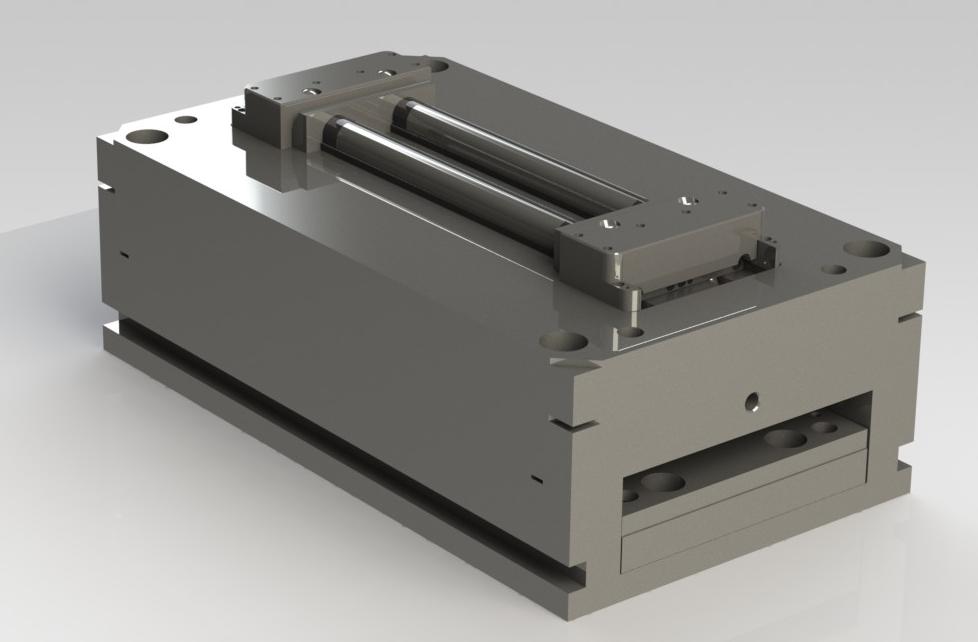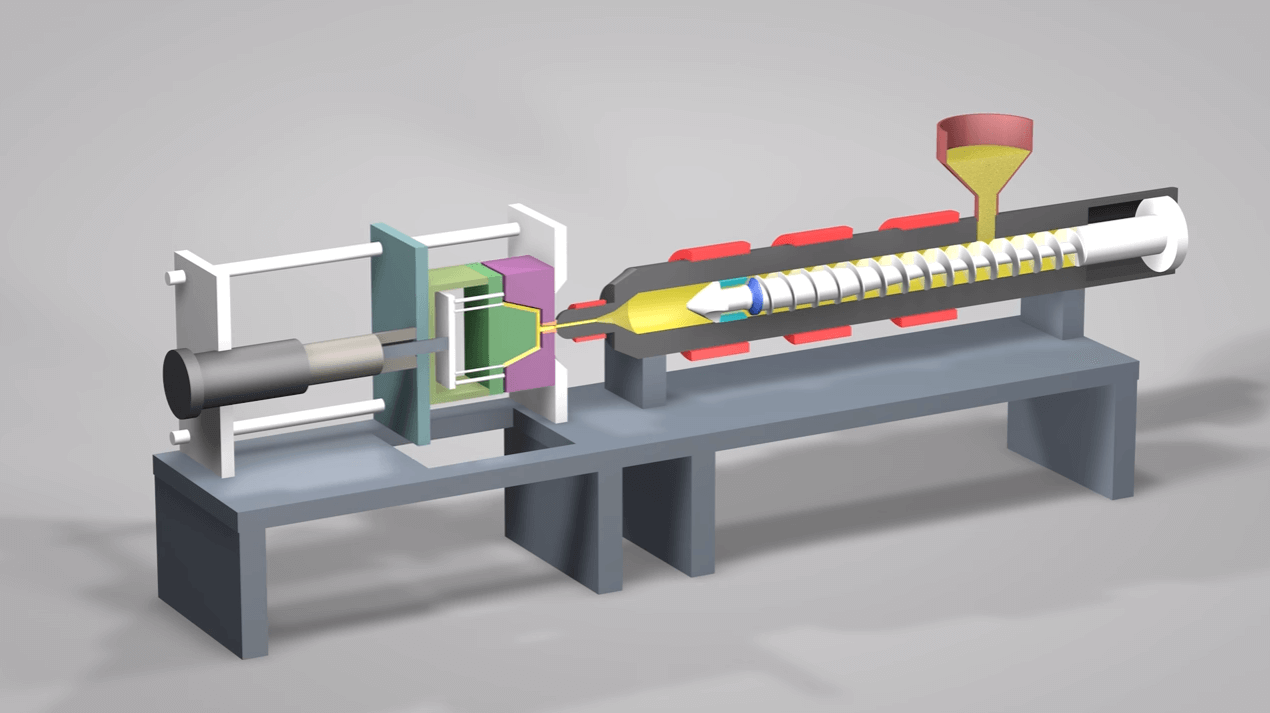Plastic Injection Molding: A Comprehensive Overview to Modern Production Techniques
Comprehending the Basics of Plastic Injection Molding Procedures
Plastic shot molding functions as a foundation of contemporary manufacturing, supplying a methodical method to generating complex components with accuracy. This process not just encompasses the essential steps of melting and infusing products right into molds yet also entails a nuanced understanding of different affecting variables, such as temperature and stress. As markets significantly demand efficiency and top quality, the complexities of this technique become more essential. Discovering these vital components might expose how even minor modifications can lead to significant enhancements in manufacturing end results, questioning about the possibility for innovation in this well established process.
What Is Plastic Shot Molding?
Plastic shot molding is a widely made use of manufacturing procedure that transforms thermosetting and polycarbonate materials right into exact and complex forms. This strategy is preferred for its capability to produce high quantities of similar parts with outstanding accuracy, making it an important method in various markets, including automobile, consumer items, and medical devices.
The process includes thawing the picked plastic product and infusing it into a mold under high stress. The mold, made to the requirements of the wanted part, enables the liquified plastic to form as it strengthens and cools down. As soon as the material has actually set, the mold is opened up, and the completed element is expelled.
Plastic shot molding supplies a number of benefits, including minimized waste, uniformity in manufacturing, and the capability to incorporate complex layouts that might be testing with various other producing methods. In addition, it sustains a wide variety of materials, each providing one-of-a-kind properties that can be tailored for certain applications. As markets remain to introduce, plastic shot molding remains at the forefront, allowing the growth of advanced items that meet evolving customer needs.
The Injection Molding Process
The injection molding procedure is an advanced strategy that entails numerous essential stages to create premium plastic components. Originally, plastic pellets are fed into a heated barrel where they are merged a viscous liquid. This molten plastic is after that infused under high stress right into a precision-engineered mold and mildew, which forms the material right into the preferred type.
Once the mold and mildew is filled up, the plastic is allowed to cool and solidify, taking the shape of the mold and mildew dental caries. Air conditioning time is crucial, as it affects the cycle time and the final homes of the shaped component. After adequate cooling, the mold and mildew opens up, and the ended up element is ejected utilizing ejector pins.

Products Utilized in Injection Molding
Different materials can be used in the injection molding process, each offering special residential or commercial properties that satisfy specific applications. One of the most typically made use of materials include thermoplastics, thermosetting plastics, and elastomers.

Thermosetting plastics, like epoxy and phenolic materials, go through a chemical modification during the treating process, causing a stiff, stringent framework. These products are suitable for applications calling for high warmth resistance and structural stability, usually utilized in auto parts and electrical insulators.
Elastomers, including silicone and rubber-based materials, provide versatility and strength. Their unique residential or commercial properties make them suitable for applications that require elasticity, such as seals and gaskets.
In addition, specialty products like bio-based plastics and compounds are acquiring traction for their ecological benefits and improved efficiency features, broadening the you could try this out range of injection molding applications in various markets. Recognizing the residential or commercial properties of these materials is essential for choosing the appropriate type for particular tasks.
Advantages of Shot Molding
Injection molding stands out as a very efficient production procedure that provides numerous advantages for creating intricate parts with accuracy. One of one of the most significant advantages is the ability to develop elaborate layouts that would be tough or impossible to achieve with other approaches (Plastic Injection Molding). The procedure enables thorough functions and limited tolerances, ensuring top quality parts
Additionally, injection molding is understood for its rapid manufacturing capacities, making it an optimal option for high-volume production. As soon as the mold is produced, parts can be generated swiftly, decreasing lead times and boosting total efficiency. This effectiveness not just reduces production prices yet also supplies an affordable edge in the marketplace.
The flexibility of materials made use of in shot molding even more improves its appeal. A large range of thermoplastics and thermosetting polymers can be used, enabling makers to select materials that best meet their particular requirements, consisting of flexibility, toughness, and heat resistance.
Additionally, the procedure see decreases waste, as excess material can commonly be reused and reused. This sustainability facet adds to a reduced environmental impact, making injection molding a responsible manufacturing option. Overall, the advantages of injection molding make it a recommended method for many markets.
Aspects Affecting Item High Quality
While numerous aspects can influence item top quality in injection molding, comprehending these aspects is crucial for accomplishing optimal results. Key elements consist of product selection, processing specifications, and mold design.
Material choice plays a vital function, as different polymers exhibit special residential or commercial properties that affect flowability, stamina, and thermal security. Inadequate material selection can cause defects such as warping or insufficient dental filling.
Processing criteria, consisting of temperature level, cycle, and pressure time, have to be carefully regulated. Variations in these settings can cause variances partially dimensions and surface finish. As an example, excessively high temperatures might trigger deterioration of the polymer, while inadequate stress can cause short shots.
Mold design is just as essential, as it figures out the flow of the molten plastic and the cooling process. Improperly developed mold and mildews might bring about unequal cooling prices, causing dimensional inaccuracies and recurring stress and anxieties.

Conclusion
To conclude, plastic injection molding functions as a vital manufacturing process that allows the effective production of premium elements. Mastery of the shot molding procedure, consisting of the understanding of materials and the influence of numerous variables on item high quality, is crucial for attaining optimum outcomes. The advantages of this approach, such as cost-effectiveness and style versatility, further underscore its relevance throughout numerous sectors, solidifying its standing as a recommended option for high-volume production.
Plastic shot molding serves as a foundation of contemporary production, supplying a methodical strategy to generating complicated components with accuracy.Plastic injection molding offers numerous advantages, including minimized waste, uniformity in production, and the capability to include elaborate styles that may be challenging with various other manufacturing additional reading approaches (Plastic Injection Molding). As sectors proceed to introduce, plastic injection molding continues to be at the leading edge, making it possible for the advancement of advanced items that fulfill evolving customer needs
The injection molding process is an advanced technique that includes numerous essential stages to create high-grade plastic elements.In conclusion, plastic injection molding offers as an important manufacturing process that makes it possible for the effective production of premium components.